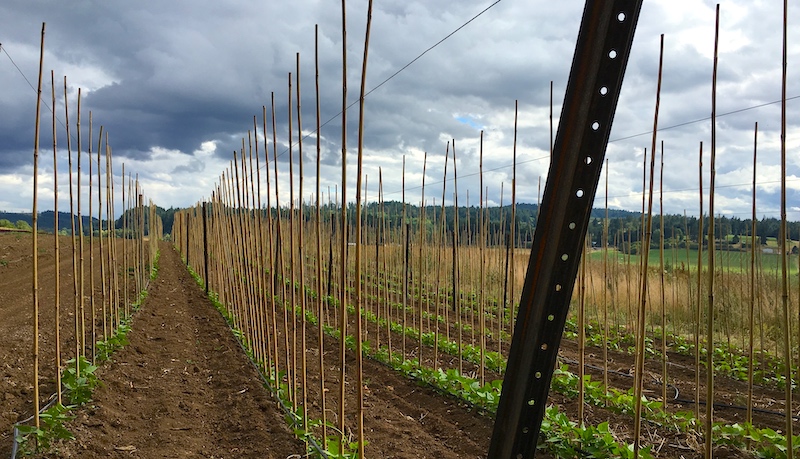
Farm Bulletin: Early Season Update
I've seen folks posting pictures on their social media feeds of some early season grains and produce from Ayers Creek Farm, so I was glad when the following update from contributor Anthony Boutard arrived in my in-box.
Around this time of year I receive inquiries regarding the upcoming season. Might as well get a jump on the questions. Here is how things look in the field.
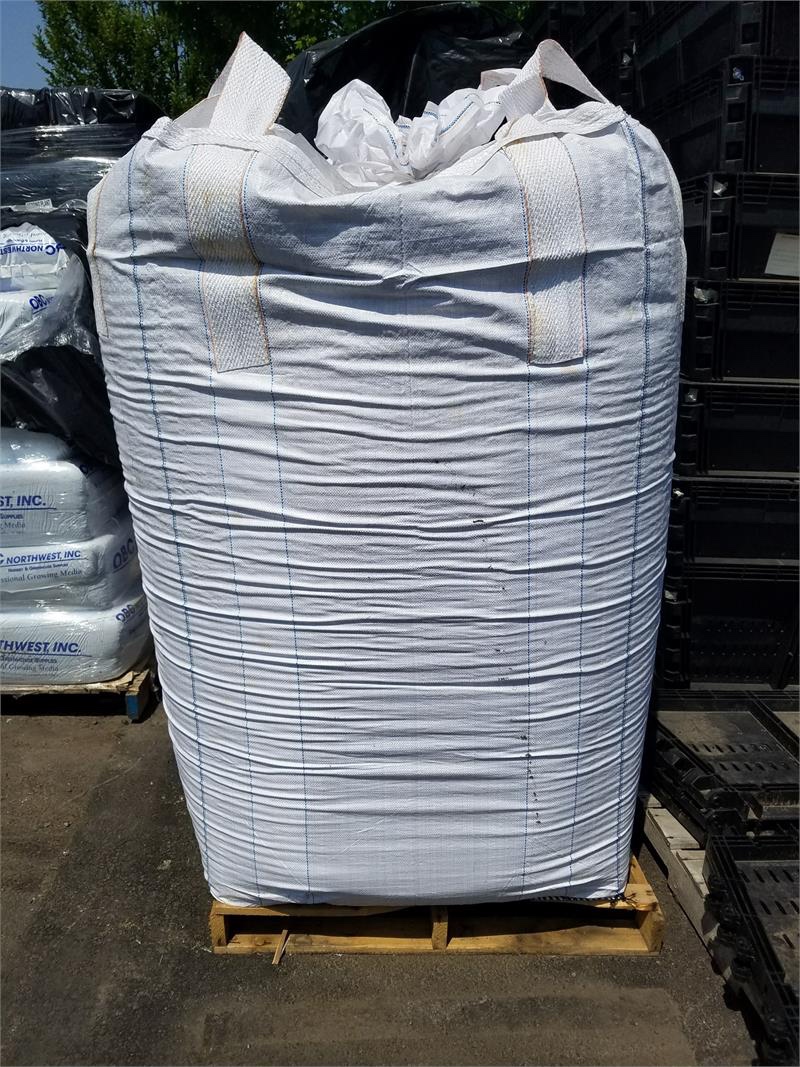
After dealing with last year’s disastrous brand name starting mix, chronicled earlier, this year we purchased our potting mix from OBC Northwest. OBC, once the Oregon Bag Company, morphed into supplying greenhouse supplies when cleaning and reusing bags became a historical artifact. No lofty claims advanced by creative artwork on the package (below left). It is a simple and generic organic mix in a plain white tote which we supplement on our own by adding some bonemeal, kelp, humic acid and supplemental wetting agent.
The wetting agent allowed in organic farming is derived from yucca and is a very important component of the mix. In soilless potting mixes, the yucca extract promotes the even wetting of the peat and compost. At transplanting, it keeps the area around the roots moist so they will grow easily into the surrounding native soil. As the yucca extract is an organic compound, it is perishable, breaking down over time, rendering the mix stale after a few months. At that point it is nearly impossible to resaturate the soilless mix properly. The water just passes through as in a sieve, though it is not obvious that the mix has not absorbed adequate water. Refreshing the wetting agent is an insurance policy. The other problem with last year's mix was low-grade compost. The company was obviously cutting corners to meet demand.
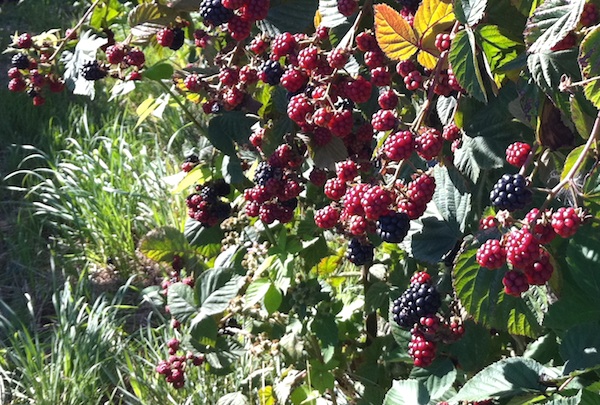
The peppers and tomatoes are now in the field and look great. The first run of direct sown crops—the corns, beans and chickpeas—are in the ground as well. The rain has come at the right times. Mustard, durum and soft red wheat are sown in November, and are also in fine shape. Sometimes a planting season will, by chance, progress smoothly, much in the same way as a Saturday delivery run when we happen to be in the van for every aria in the Met’s broadcast of La Boheme. Some years, on the other hand, are a challenge, a delivery with no relief from unsatisfying driving music.
The pollination of the perennial fruits occurs April through June. For the small fruits, the crop looks excellent. Prompting us to buy another freezer to increase production of Loganberry and Boysenberry preserves. Plums and apples have a good set. The cherries were in bloom during several frosty nights and the crop is sparse, noncommercial. The Chester blackberry bloom is beginning, the hives were placed last week, and this run of dry, warm weather is helpful.
In early May, we were inspected for compliance with the rules of the National Organic Program (NOP). This is our 20th year as certified organic growers. The first four years preceded the NOP, and compliance was measured against the standards laid out by the International Federation of Organic Movements (IFOAM). Every few years, the certifying agency decides they need to bust you for something. Predictable and infuriating, but nothing personal.
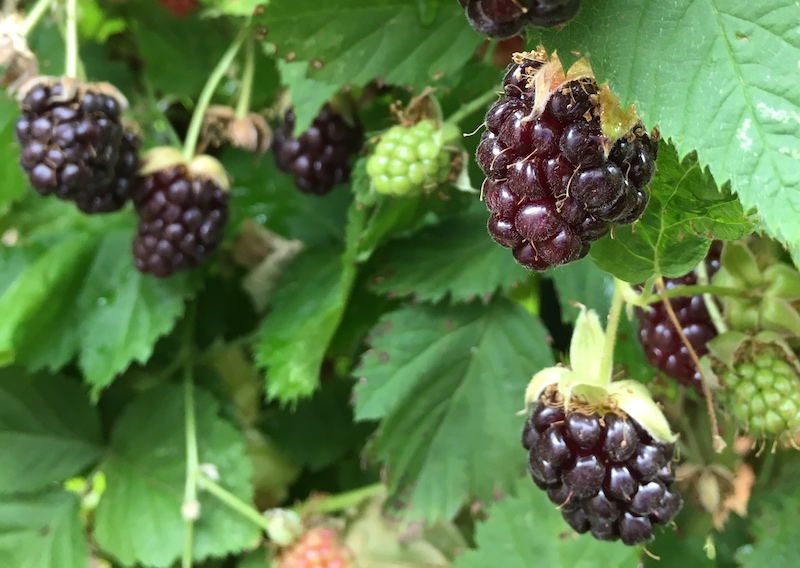
This year, our certifier decided that we needed to have an Organic Handler Plan in addition to the Organic Crop Plan. Never mind that every crop we sell is grown by us, and every detail required in the handling plan is already covered in the crop plan, making the handler plan a pointless redundancy. As an aside, it is very hard to be a commercial farmer who does not handle the crops they grow. For 19 years this was deemed sensible by a succession of reviewers and inspectors, but now it is obvious to a new inspector that has never seen seen our farm that we might be perpetuating an epic fraud.
With a well-articulated snarl, the handler plan was submitted. Apparently, a big potential for fraud was averted as a result. Now we have to put a sticker in the bags denoting the lot number. Simply adding “Lot number 2018” will placate the bean counters. Without a handler plan, this fraud preventing measure would have gone uncorrected. Navigating life, it is best not to get hung up on these arbitrary indignities.
We will be scheduling some open days again this year, coinciding with the early cane berry ripening, the first week for the Chesters, early September for the Astianas and grapes, an early October date, culminating with days before Thanksgiving and Christmas.
In between, Josh Alsberg at Rubinette Produce (2340 NE Sandy) maintains a good selection of our goods—fresh and dry. Jim Dixon at Real Good Food also carries some odds and ends in his new store on NE Couch at 10th.
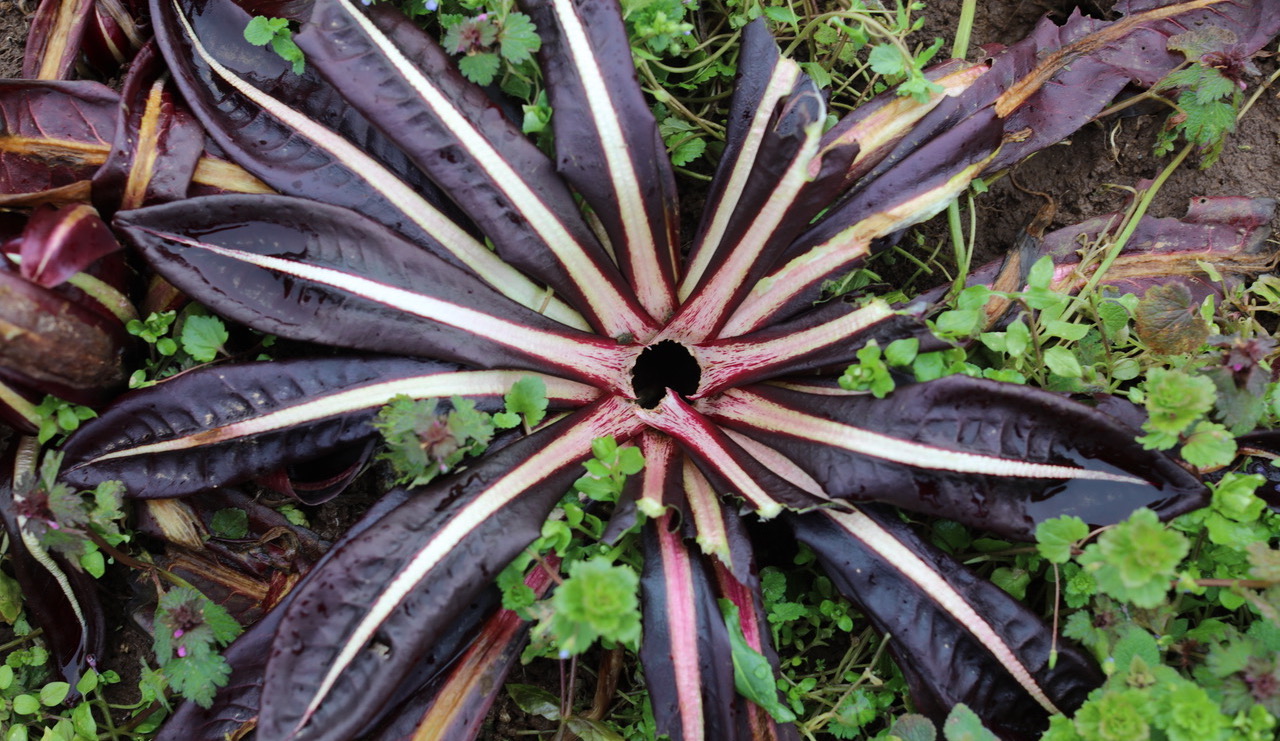


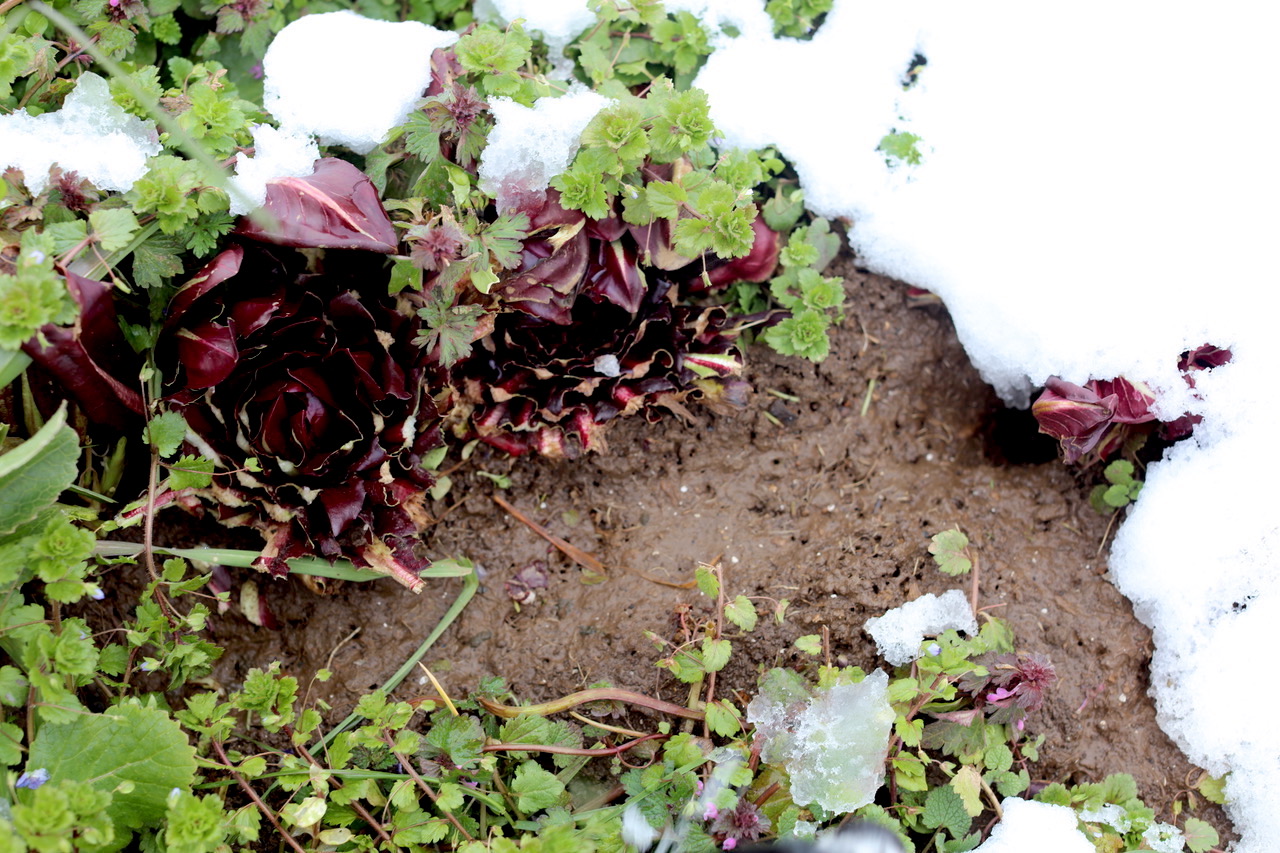

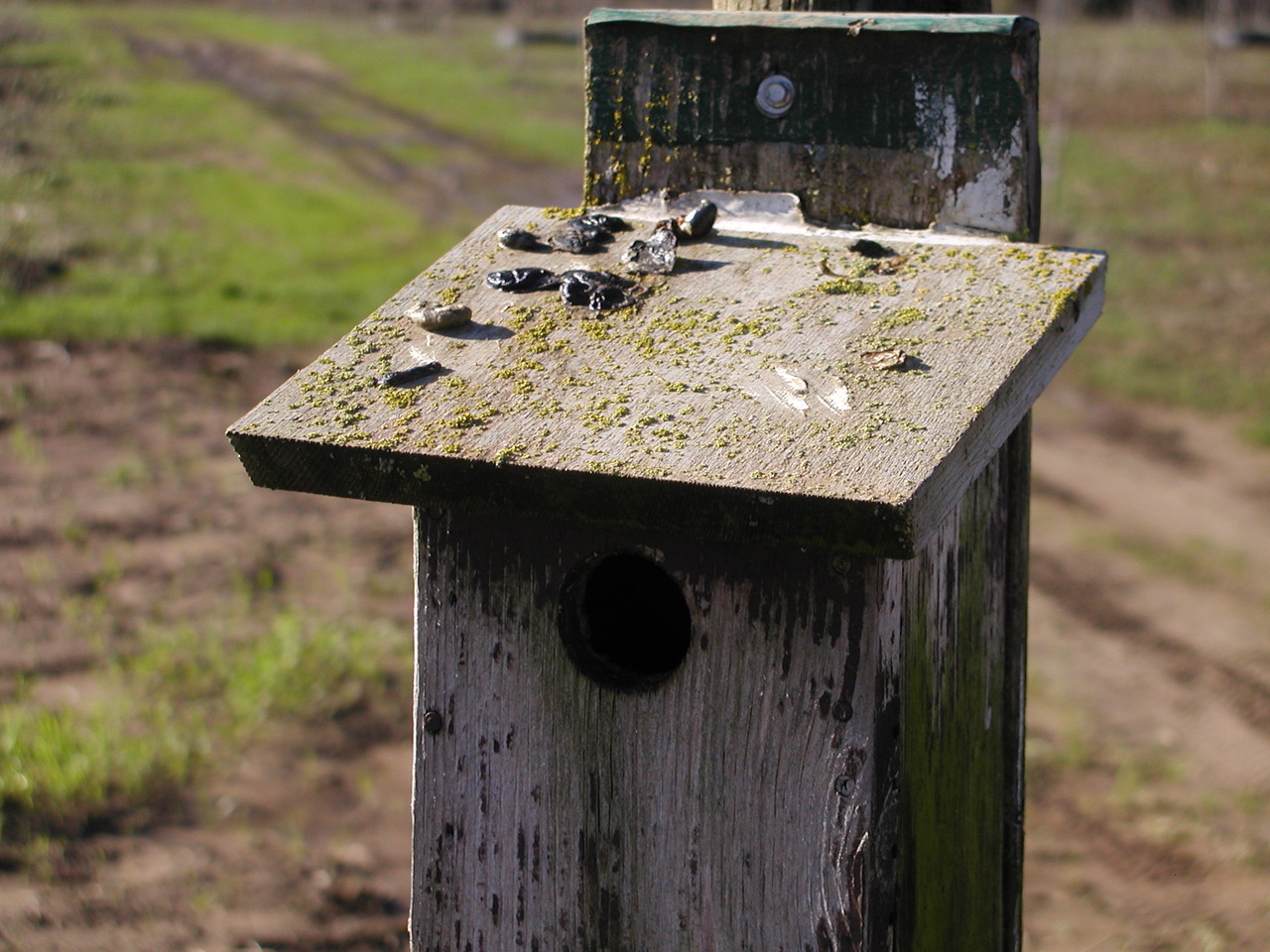

 This week, a new creature appeared near the pump station. A large moss animal, or Bryozoan, was drifting in water (top photo). A gelatinous mass about the size of a soccer ball, it is known to bryozoologists as Pectinatella magnifica (left, from Wikimedia). It is the largest of the 22 freshwater moss animals found in North America. Most are delicate creatures that go unnoticed by all but a handful of dedicated professionals. Pectinatella is hard to ignore, and brought us back to invertebrate zoology class.
This week, a new creature appeared near the pump station. A large moss animal, or Bryozoan, was drifting in water (top photo). A gelatinous mass about the size of a soccer ball, it is known to bryozoologists as Pectinatella magnifica (left, from Wikimedia). It is the largest of the 22 freshwater moss animals found in North America. Most are delicate creatures that go unnoticed by all but a handful of dedicated professionals. Pectinatella is hard to ignore, and brought us back to invertebrate zoology class.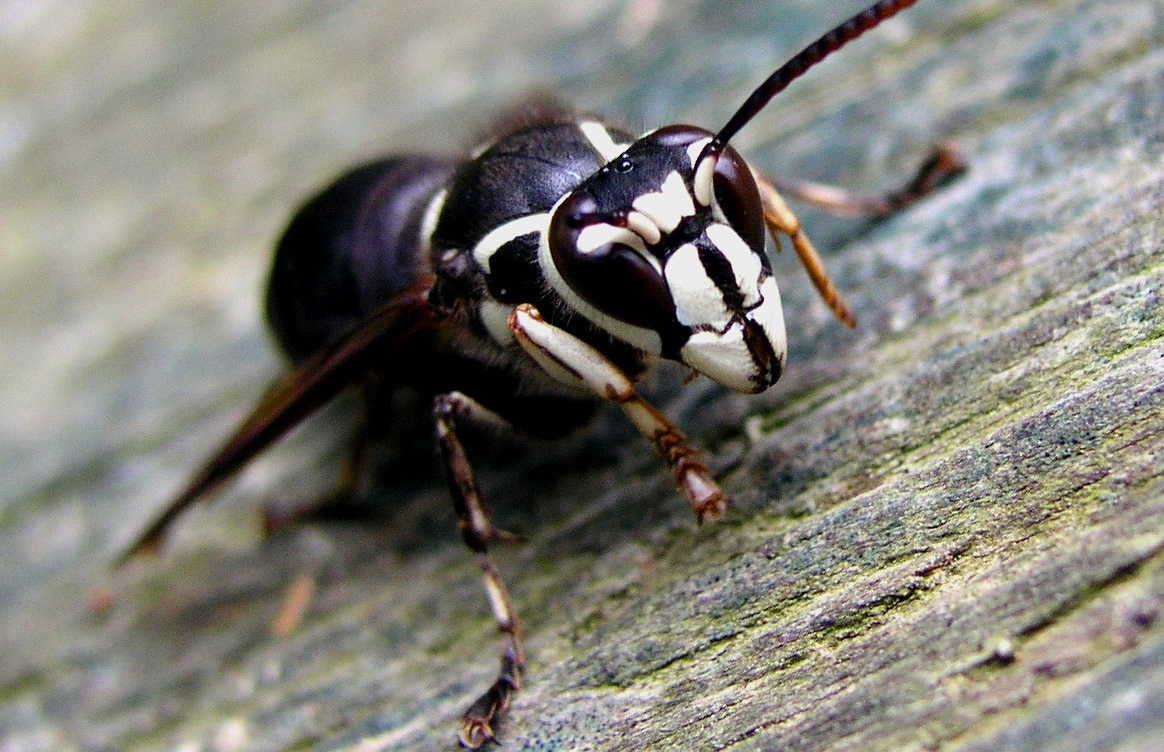
 When you stumble across a nest, it is impossible to outrun them, though a hasty departure is required. We have found the trick is to stand absolutely still against the trunk of the biggest tree nearby, and the wasps will circle in an upwards spiral around the tree looking for your head. Soon, they depart. The most likable of the group are the paper wasps who build small, open nests under the eves of buildings. They build nests on our heavy truck, and seem unfazed by the trip to Salem and back two or three times a week. They watch us keenly, but leave us alone as we work around them. The wasps, as a group, use their stinger as a tool to paralyze their prey, and they inflict a more painful and longer lasting injection than honey bees.
When you stumble across a nest, it is impossible to outrun them, though a hasty departure is required. We have found the trick is to stand absolutely still against the trunk of the biggest tree nearby, and the wasps will circle in an upwards spiral around the tree looking for your head. Soon, they depart. The most likable of the group are the paper wasps who build small, open nests under the eves of buildings. They build nests on our heavy truck, and seem unfazed by the trip to Salem and back two or three times a week. They watch us keenly, but leave us alone as we work around them. The wasps, as a group, use their stinger as a tool to paralyze their prey, and they inflict a more painful and longer lasting injection than honey bees.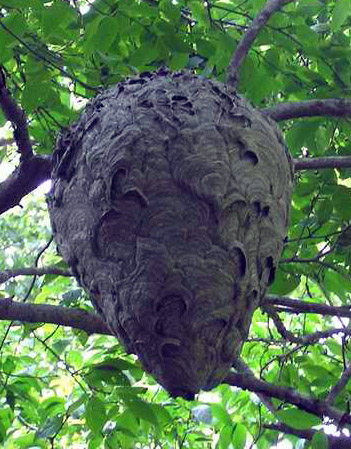 Last week, we found a bald faced hornet nest in a drooping branch of a mirabelle plum tree but a foot above the ground. When we mentioned this to our crew, they noted the locations of a couple of other nests likewise close to the ground. New Englanders have always regarded low wasp nests as a harbinger of a harsh winter, the 'seventh winter' in a cycle. We had a sense of this earlier, and we have planted our sensitive crops in more sheltered locations than in the past, and are hedging with larger plantings of the more hardy greens. Consequently, it was interesting to hear meteorologists predict a colder winter this year for Oregon.
Last week, we found a bald faced hornet nest in a drooping branch of a mirabelle plum tree but a foot above the ground. When we mentioned this to our crew, they noted the locations of a couple of other nests likewise close to the ground. New Englanders have always regarded low wasp nests as a harbinger of a harsh winter, the 'seventh winter' in a cycle. We had a sense of this earlier, and we have planted our sensitive crops in more sheltered locations than in the past, and are hedging with larger plantings of the more hardy greens. Consequently, it was interesting to hear meteorologists predict a colder winter this year for Oregon.